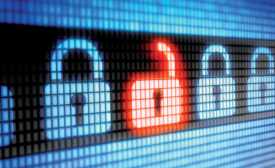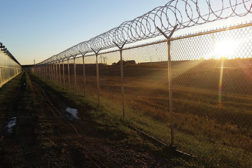Articles by Sarah Ludwig
Mitigating Workplace Violence Risks with Awareness, Deescalation
Workplace violence incidents happen every day, in every industry, and statistics show reports that these events are on the rise.
September 1, 2014
How Federal Background Checks Are Changing
The Snowden leaks, the Navy Yard shooting, and recent evidence that the U.S. Office of Personnel Management’s primary background check contractor all have forced the federal government to look at changing the way it does background checks.
August 1, 2014
Sign-up to receive top management & result-driven techniques in the industry.
Join over 20,000+ industry leaders who receive our premium content.
SIGN UP TODAY!Copyright ©2024. All Rights Reserved BNP Media.
Design, CMS, Hosting & Web Development :: ePublishing









